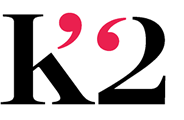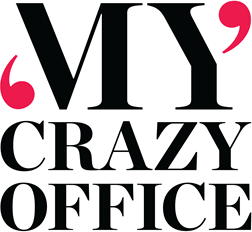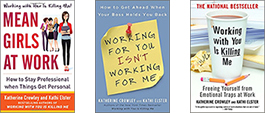Sometimes, the things we plan to do at work get completely derailed by other events that demand our attention. Your internet connection goes down, the lights blow out, a client emergency arises, or someone calls in sick.
In these moments, it’s easy to become both exasperated and tense. ‘How am I going to complete my list of tasks?’ you wonder. ‘Why did this have to happen?’
When unplanned events throw a wrench in your plans, your best strategy is to practice going with the flow. Going with the flow means you take a deep breath, adjust to the circumstances, and trust that things will work out. Going with the flow requires accepting the current reality of what just happened and moving with it.
Going with the flow at work is not an airy fairy response to emergencies and interruptions. Rather it’s an understanding that these sudden events are a part of life.
If something happens today that upsets your plans, try going with the flow. Take a deep breath, incorporate the new reality, and trust that tending to this inconvenient occurrence doesn’t have to ruin your day.



Looking to advertise with us?
We have sponsorships available on the My Crazy Office Podcast.
Please email us at info@mycrazyoffice.co.